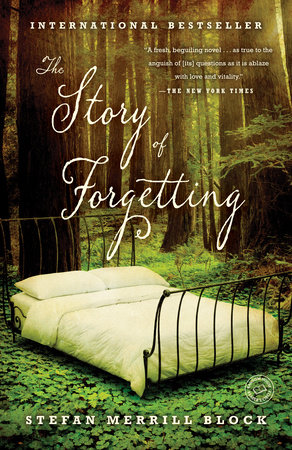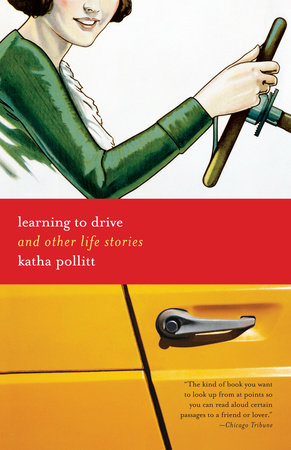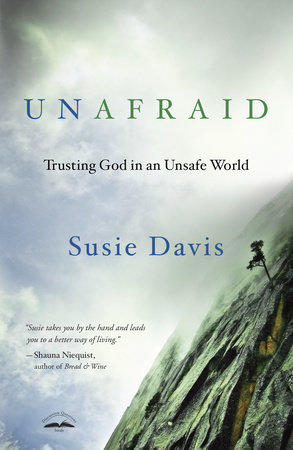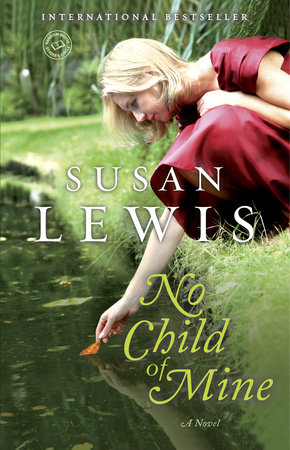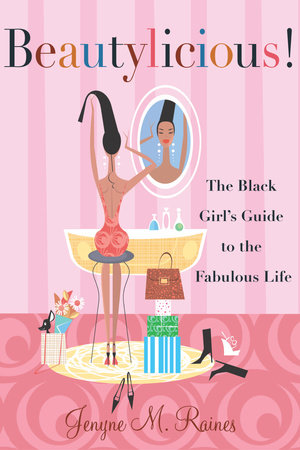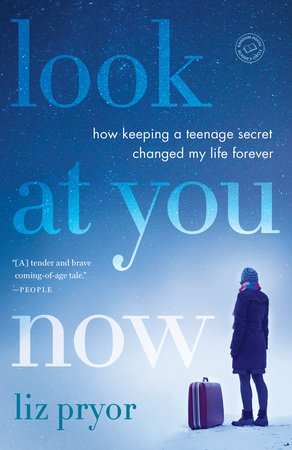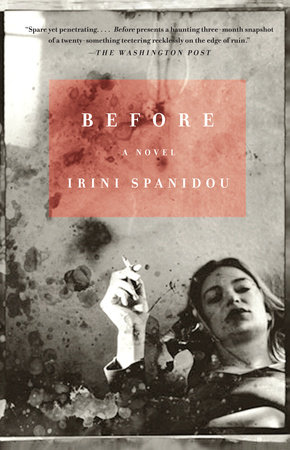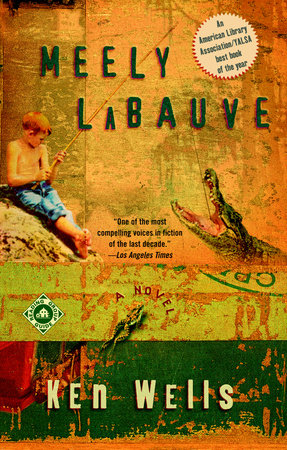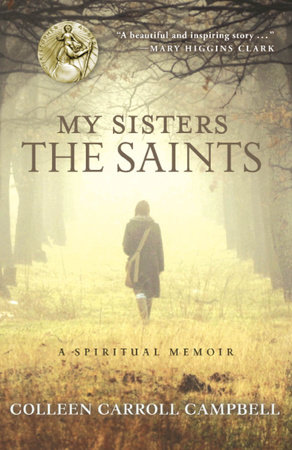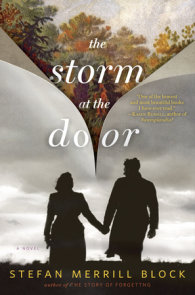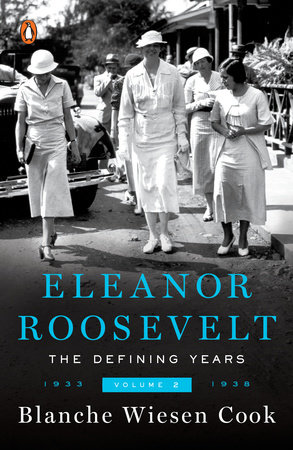Author Q&A
A Conversation with Stefan Merrill Block and David Ebershoff
David Ebershoff is an editor-at-large at Random House and the author of The 19th Wife
David Ebershoff: You are a natural storyteller, gifted with an innate understanding of how to construct a good tale. How old were you when you first started writing stories? What were they about?
Stefan Merrill Block: There have been times when I haven’t written much, but I can’t remember a time when I wasn’t arranging some story in my head. Before high school, almost everything I wrote featured a normal kid transformed in some fantastical way. These stories were almost always extensions of daydreams, and the hero, of course, was always a version of me. In one, I became highly magnetized. It was a problem because whenever I stepped too close to the road all traffic veered toward me, but it ended up saving the day when the engines of an airplane carrying my dad suddenly gave out and I was able to direct the plane safely to earth with my powers.
DE: I’ve always been fascinated by homeschooling. How old were you when you started studying with your mom? What was an average day like? How do you think this experience affected you as a writer?
SMB: I left public school when I was nine, and homeschooled for five years. At first, my mom set a fairly regimented curriculum, but after a while our days naturally evolved into what we would later learn is called “unschooling,” an education led by the student’s interests. Usually, we would get up in the morning and chat about whatever subject interested me. It could have been anything, really, from French Impressionism to the creation of Walt Disney World. Then we would head to the library, where I would borrow whatever books I could find related to the topic. Then I’d write about the topic in whatever way I wanted. I would make a display board about the history of China, or I’d write a short story, imagining Vincent van Gogh as a child. I returned to public school in ninth grade, to a vastly different kind of education, one that felt much more like a job than like learning. But I finished high school and went to college. Since graduating, though, I sort of feel like I’ve created an adult version of homeschooling for myself. Essentially, how I spend my days now is nearly identical to how I spent them as a kid, reading and writing about whatever interests me. For good or bad, it seems like I’m a homeschooler for life.
DE:What did you like to read as a child? Because of the fablelike quality of the Isidora sections in The Story of Forgetting, I’ve always imagined that you read fantasy and science fiction as a boy. Is that correct?
SMB: Oh, David, if you only knew the breadth of my knowledge of Piers Anthony’s land of Xanth, or the extensiveness of my Magic: The Gathering card collection you would know what a miracle it is that I’m not in some dark room right now, spending my twenties eating sugary cereal and playing World of WarCraft. Yes. I was particularly obsessed with Xanth, with Brian Jacques’ Redwall books, and with the universes of Star Wars and Marvel Comics. These obsessions provided, as they do for lonely, nerdy boys everywhere, a wonderful escape. But, really, the books that were my absolute favorites as a kid, and the only childhood books I return to as an adult, were not full departures into imagined lands, but half departures into magically altered realities, like the children’s books of Roald Dahl, or Katherine Paterson’s Bridge to Terabithia. My love of these books was an early expression of my ongoing predilection for stories that transform reality in some slightly elevated, slightly fantastic way. Actually, the name Isidora comes from an adult book I would consider to be of this spirit, Italo Calvino’s Invisible Cities.
DE: Other than reading, what were your childhood obsessions?
SMB: I was an avid collector. Spelunking the closet of my childhood bedroom, you’d find a vast collection of collections: rocks, fossils, shells, comic books, baseball cards, Magic: The Gathering cards. Apparently, not long after I learned to crawl, my mom would find collections of objects, bearing no obvious similarities, in small piles around the house. I was also a great builder of forts.
DE: Place plays such an important role in the novel. Tell me about where you grew up.
SMB: I grew up mostly in Plano, Texas, a place nearly identical to the towns in which both Seth and Abel live in the novel. To me, Plano is an apotheosis of an ancient American dream, the dream of the Mayflower pilgrims really: to leave one’s history behind and create a new society, unburdened by the past. When I was younger, our part of Plano was still mostly prairie, but around when I was ten, the subdivisions of McMansions colonized the area with astonishing speed. The few remaining old farmhouses, the kind in which Abel lives in the novel, were razed to make way for this ultra-modern city. And so now there is this complete, spotless suburb, which looks just like a hundred other suburbs, with a transient population of families transferred there by big corporations. I often like to identify myself as a Texan, but the truth is saying I’m from Texas feels like like saying that I’ve been to Kuala Lumpur, because I once spent four hours in its airport, which looks just like any other airport. It sometimes feels the truth is that I didn’t grow up in Texas at all. I grew up in an airport.
DE: I know you wrote the Isidora story first. Tell us about where you were in your life at that time.
SMB: I wrote the first draft of the Isidora stories when I was nineteen. At that time, I was working in an aging and memory cognitive psychology lab at Washington University in St. Louis. Studying related topics scientifically, I was thinking a lot about my family’s history with the disease and the experience of watching it take my grandmother. Thinking of my grandmother also made me think about the storytelling traditions in my family, the stories my grandmother and my mom used to tell me. At the time, I was also reading a lot of Calvino, Singer, and Kafka. Through some confluence of all of that, the idea for the Isidora stories came, and writing them was a nice escape from the rest of my college life. I didn’t plan ever to do anything with them. I put them away and didn’t think about resurrecting them until years later, halfway through the writing of The Story of Forgetting.
DE: How did you construct the novel’s structure? When did you know it was right?
SMB: Devising the book’s structure was a dizzying, often torturous combination of obsessive scrutiny and blind faith. In ways, I 324 a reader’s guide think that the structure of the book as it now exists displays my process of creating it: my impulse always to look for different ways to describe a central dilemma, my recognition that there will always be truth to our experience that evades any kind of description, my hope that a final understanding of the story and its subjects will come through the parallels, contradictions, and fissures between different kinds of storytelling. For me, the great difficulty is to write as I’m compelled to write, shifting between time periods, characters, and genres while still producing a book that I feel transports me and propels me forward, a book in which every page feels necessary. Reconciling and satisfying these two needs was the hardest part of the writing of this book, as I’m sure it will be of many books to come.
DE:Who do you identify with more, Seth or Abel?
SMB: Abel. This was a real revelation to me, as I’ve almost always put a character nearly identical to myself at the center of everything I’ve written. And yet, in this book, the voice that felt truer to my own, more expressive of me, belongs to a character so different from me. I don’t know why this is, exactly, but I think it’s related to my impulse to write fiction instead of memoir in the first place, my understanding that my writing feels truer to me when I make things up. But, whatever the reason, I feel like my identification with Abel is a discovery that has opened up vast possibilities for me as a fiction writer.
DE: The Story of Forgetting has a lot of science in it. Yet of course it’s a novel. What obligation did you feel to getting the science right?
SMB: Other than looking up a few facts, I never really did research for the book. Whatever science made it into the book was just the science I had, at some point, felt compelled to read and remember. I’ve read a lot about Alzheimer’s because of my family’s experiences with it, and because science is a very important part of how I try to make sense of things. But in writing this book I feel like I gave no special attention or priority to science over other ways of understanding my characters’ predicaments. Whenever I stated something as fact in the book, I double-checked it to make sure my basic information wasn’t incorrect, but I also sometimes let myself alter things just a bit to fit my needs as a storyteller.
DE: Some people have praised The Story of Forgetting as improbably upbeat. Is that a correct assessment? Do you see the novel that way?
SMB: It’s nearly impossible for me to judge what the tone of the book might feel like to other people. I wrote the book for the same reason I write everything, for the same reason I read books and watch films obsessively: to escape for a while into a constructed space where things can make sense in a way they rarely can in reality. It always surprises me, when I look back on anything I’ve written and I think about how I generally felt in my life while writing it, how much of what I create is an effort to hold or transmit what I’m feeling at that time. I wrote this book at a hopeful time in my life, when I was just out of college and very much in love. I think that, in addressing one of the darkest aspects of my family’s history, I wanted to transform it in order to allow, at least in this fictional world I created, some of the hope I was feeling at the time to enter.
DE: Since the book’s publication, have people contacted you with their own stories about Alzheimer’s? Are there any you can share?
SMB: Yeah, it’s been a wonderful, unexpected part of the process. The early-onset form of the disease I describe in the book is inspired in part by the Noonan family, featured in the PBS documentary The Forgetting. I’ve heard from several of the Noonans, which has been an exciting and moving correspondence, almost as if my characters materialized into the real world to let me know that I haven’t mangled their story too badly. One story that I remember and love was told to me by a woman at a reading. Years earlier, the woman’s mother was in the late stages of Alzheimer’s, almost beyond language, and she was dying of a secondary illness. The daughter was caring for her, even though the mother could no longer remember who her daughter was. On the night before the mother died, the daughter climbed into bed with her, to be close for the final hours. At some point, the mother awoke in a moment of clarity to find a body lying next to her in bed. When the daughter turned to her, the old woman’s face fell. “Goddamnit,” the mother said. “I thought you were a man!”
DE: Other than your family and friends, who is the one person in the world you hope you will read your book?
SMB: I don’t know, but probably someone a lot like me! I try to write the stories that I most want and need. I’m my own ideal reader, but the sad truth is that I’ll never be able to read my stories as anything but their writer. In The Story of Forgetting, Conrad Hamner tells the story of how the artist Willem de Kooning, as he descended into Alzheimer’s, forgot he had painted the canvases that lined his walls. He could come to them completely fresh every day, and he was their ideal viewer. Sometimes I think it’s too bad that I write instead of making more sensorial art, like painting or music. When I get Alzheimer’s, I’ll lose my memory of writing my stories but also the ability to experience them!
DE:What are you reading now?
SMB: Michael Chabon calls himself a promiscuous reader. I love that. I cheat on the books that I’m reading with other books all the time. I’ve been reading a lot of Paul Auster recently, currently The Invention of Solitude. I’d never gotten around to Nabokov’s Speak, Memory, so now I’m correcting that. What else? I’ve been reading a lot of Herman Melville ’s short stories, and also some wonderful contemporary fiction, including an astonishing novel, The 19th Wife, by one David Ebershoff.
DE:When you’re not writing or reading or doing anything related to books, what do you like to do?
SMB: For me, as I think it is for a lot of people, the great appeal of writing creatively is the feeling that essentially nothing is entirely distinct from writing. Joan Didion says that “we tell ourselves stories in order to live,” that we need to create stories to seek arrangement for the shifting phantasmagoria of our actual experiences. Maybe writers are people for whom that need is particularly strong. So I jog a lot, see friends, travel, but some part of my mind never allows me entirely to separate any experience from the writing process. Whenever I’m not actively writing, I’m very often looking for potential fodder and insight, or I’m trying to work through whatever problems have come up in whatever I’m working on. That’s a great blessing but also a great curse of writing as a job–that it has no boundaries.
DE: If you weren’t a writer, what would you be?
SMB: I don’t know. I used to think I could be a scientist, but my hands are too shaky for pipettes, my math isn’t so strong, and my patience is far too thin. I tried to be a cameraman for awhile, filmed some documentaries, weddings, and bar mitzvahs. Camera work is satisfying in a certain respect, the way you get to intimately enter people’s lives as an observer rather than as an actor. But I found the lack of control over the creative process really frustrating. Life happens in front of the camera and you have to adjust. Really, other than jobs I’ve done simply for money, any work I’ve done other than writing has felt like a waste of time.
DE:What’s next?
SMB: Of course it could and probably will change, but I’m working on a semifictional book about time that my grandfather spent in a mental hospital in the 1960s. To my surprise, it’s turning out to be a love story.
